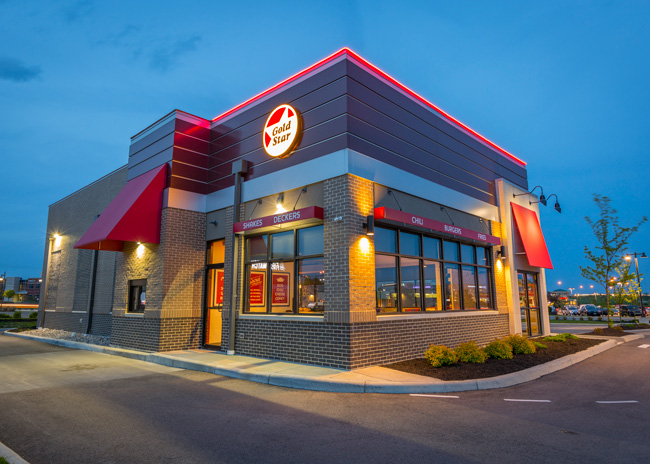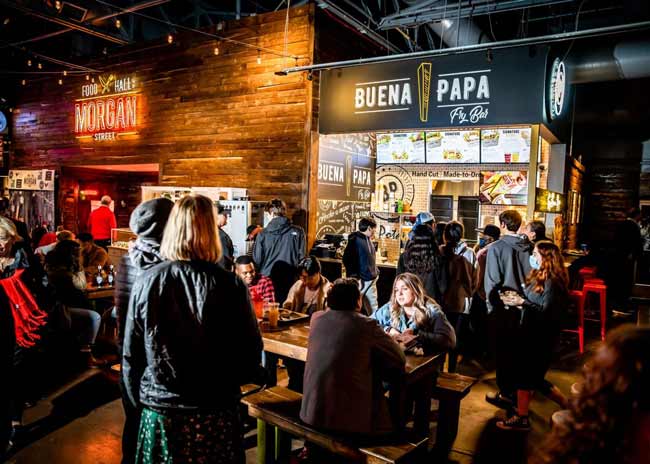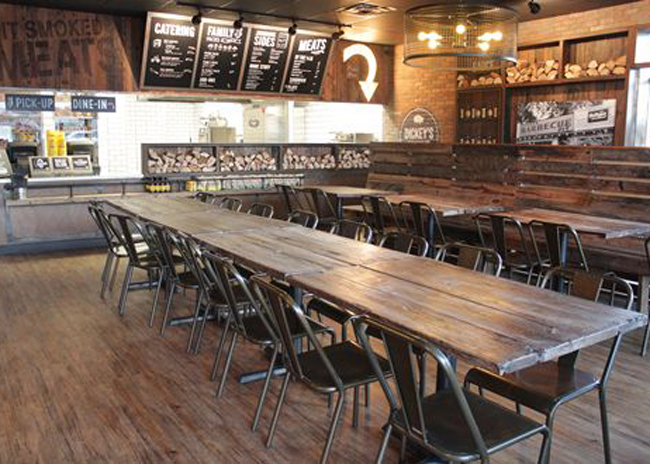This year has been a year like no other, with restaurants charging into unknown territories, with dining rooms closed down, quick pivots to delivery and pickup and plummeting customers counts.
Renegotiating your rent is an easy way to relieve some of the burden. In fact, it’s to landlords’ advantage to keep you in business, so they have secured income coming in, even if it’s less than they anticipated.
Be ready to provide both short- and long-term propositions before engaging in negotiation with your landlord, says Eugenia Lebedynska, chief product officer, McDonald Paper & Restaurant Supplies, Brooklyn, N.Y. “Landlords are now more willing to compromise when presented with a clear road map of surviving the pandemic.”

Here are four best practices for renegotiating a restaurant’s lease.
1. Start with percentages
Negotiating to pay a percentage of your revenues as your rent is the fairest way to go about getting a reduction, says Jay Bandy, president, Goliath Consulting, Norcross, Ga. Around 8% is a good number, he says, though operators can go as low as 5% or 6%, “8% seems fair to both parties, and it sounds reasonable to landlords, too.”
Tom & Chee, a fast casual, aims for percentages to be 6% to 8%, says Samir Daoud, the chain’s franchise director. This Cincinnati-based concept is renegotiating leases because it’s rebranding; franchisees who spend the money to rebrand their location want to know they have at least 10 years left on their lease.
Some landlords will let operators pay a percentage of their usual rent, but that can be really difficult if your dining room is completely closed, Bandy says.
Another option is deferred rent, but that, he says, “is only feasible for those folks doing really well going into the pandemic. And, even then, you’re just deferring the inevitable and you’re going to go into a negative cash flow.”
2. Play nice
Don’t start your conversation with your landlord with demands, Bandy says, “but go in with asks. You don’t want to start a negotiation with someone who has the hair raised on their back.”
Be sure to maintain your good relationship with your landlord, says Daoud. “It’s good to be transparent and it’s better to over communicate so when things like this happen, having that relationship helps.”
Put yourself in your landlord’s shoes, says Tim Spiegelglass, owner of Spiegelglass Construction Company, Maryland Heights, Mo., because he or she needs to make an income, too. “Consider yourself a partner with the landlord. Say you need help figuring out something that’s beneficial for both parties.”
3. Think big
Don’t be afraid to ask for everything you want, Bandy says, because landlords can still come in lower. If you ask for half of what you want, they can still offer lower than that. So, he says, “ask for the world and you’ll get 50% or 70% of what you asked for. Sometimes you get surprised, and the landlord gives you everything. There are some crazy deals going on right now.”
This is the time, says Spiegelglass, to ask for tenant improvement assistance (TIA) money. “You night need a new patio so you can get people outside, so come to the meeting with some ideas and costs,” he says. “Anything you need, this is the time to request it, and you want to renegotiate based on this information,” he adds. “Don’t go in with huge demands but do go in with more than you need and ask if he or she would be willing to help with one or two.”
4. Have paperwork ready
Your financials are key to a meeting with your landlord. You need to know them precisely in order to negotiate and state your case.
Lebedynska suggests being armed with your financial statements for the last two years; your financial projections for 2020 before the pandemic; a detailed explanation of how your business was affected by COVID-19; and an updated business plan that addresses operations during the pandemic.
“Having these statements and plans will reinforce your negotiation position,” she says. “Most landlords tend to cooperate with tenants who have viable solutions.”
Also, adds Spiegelglass, break down your revenue for the past five years and be ready to show your landlord the percentage you are off on your rent.
Bring sales reports showing sales trends versus the previous year and profit and loss statements for the same period showing comp results, says Bandy. “The restaurant owner can show the impact of COVID by week and month on sales and the impact to the P&L. Numbers are hard to argue with.”



